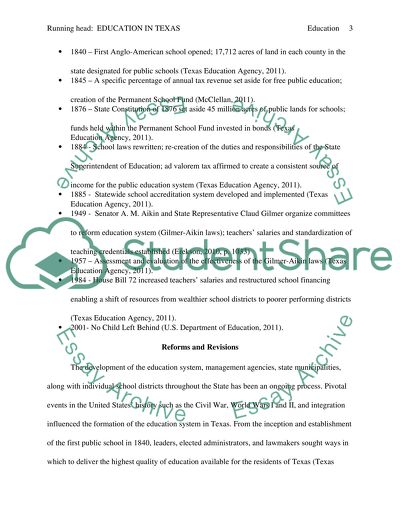Cite this document
(“Education in Texas Essay Example | Topics and Well Written Essays - 750 words”, n.d.)
Retrieved from https://studentshare.org/environmental-studies/1416832-education-in-texas
Retrieved from https://studentshare.org/environmental-studies/1416832-education-in-texas
(Education in Texas Essay Example | Topics and Well Written Essays - 750 Words)
https://studentshare.org/environmental-studies/1416832-education-in-texas.
https://studentshare.org/environmental-studies/1416832-education-in-texas.
“Education in Texas Essay Example | Topics and Well Written Essays - 750 Words”, n.d. https://studentshare.org/environmental-studies/1416832-education-in-texas.


